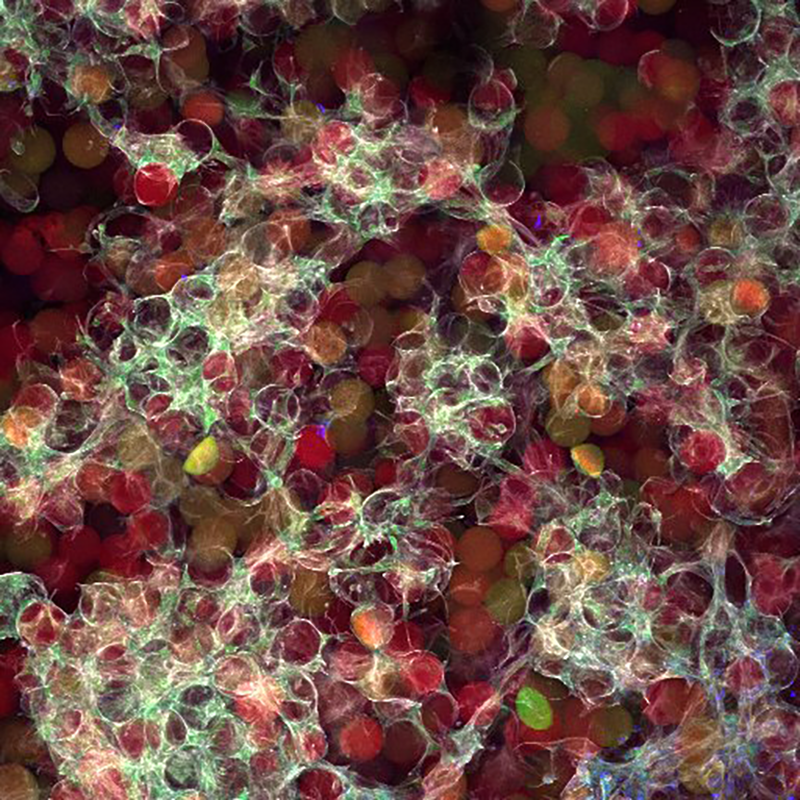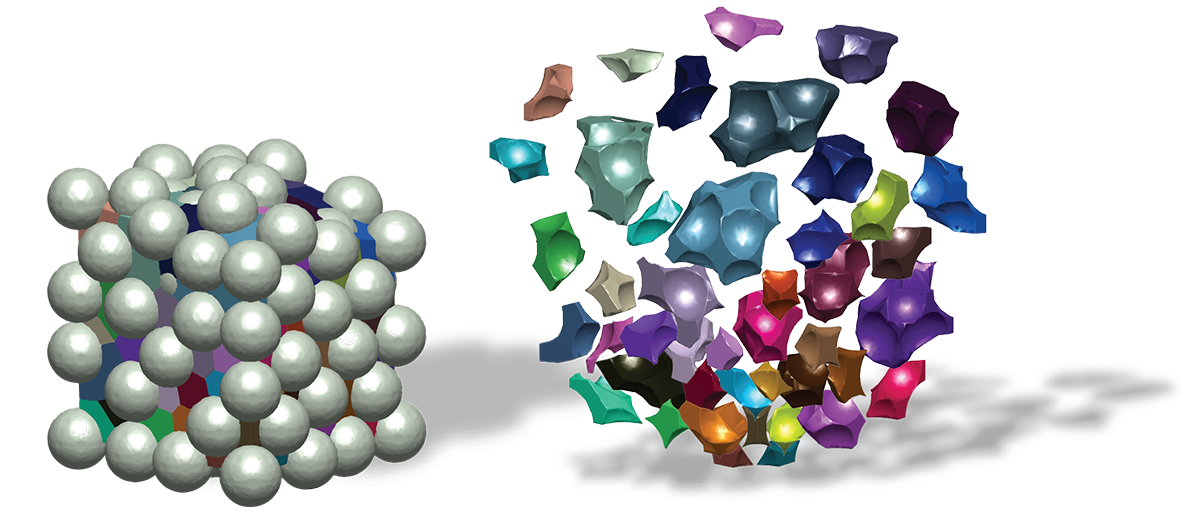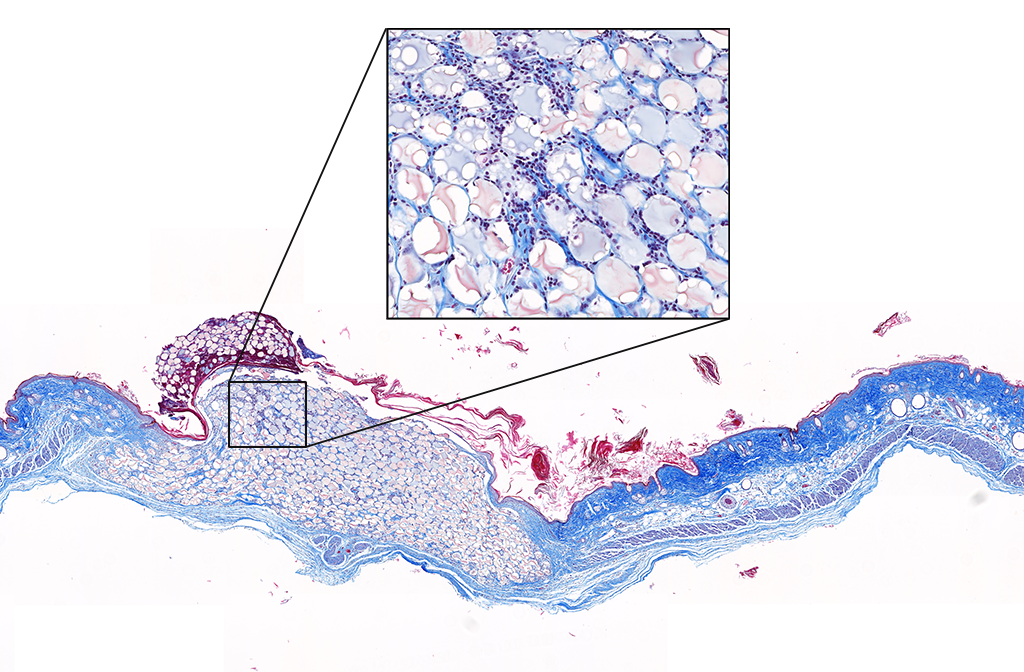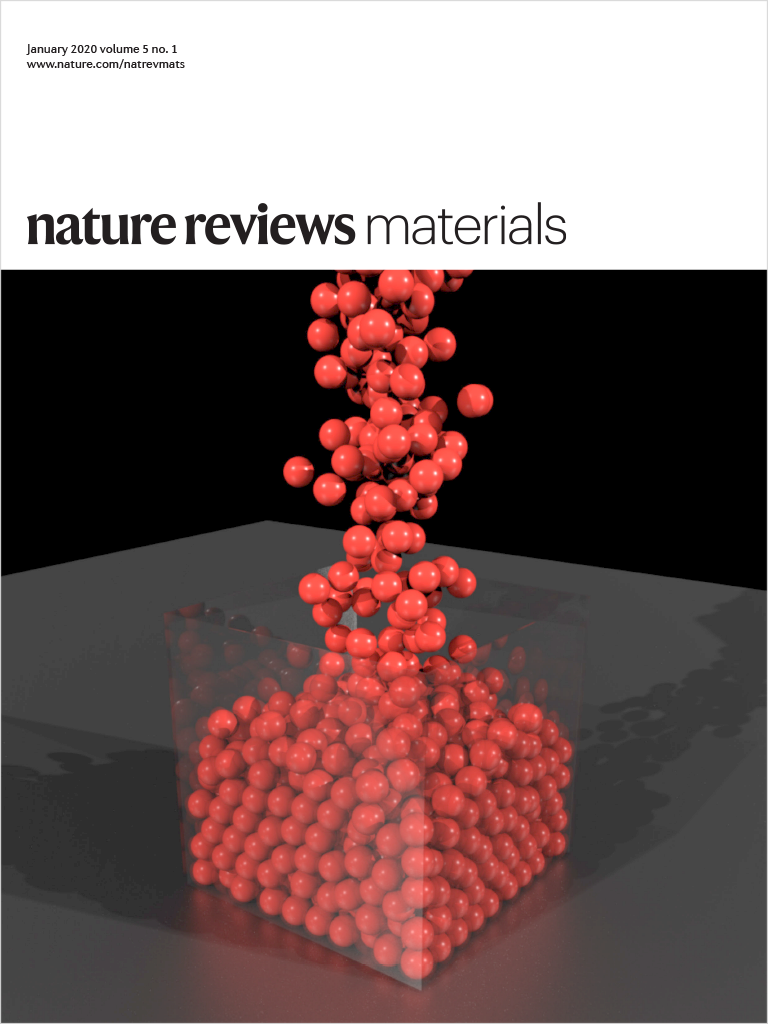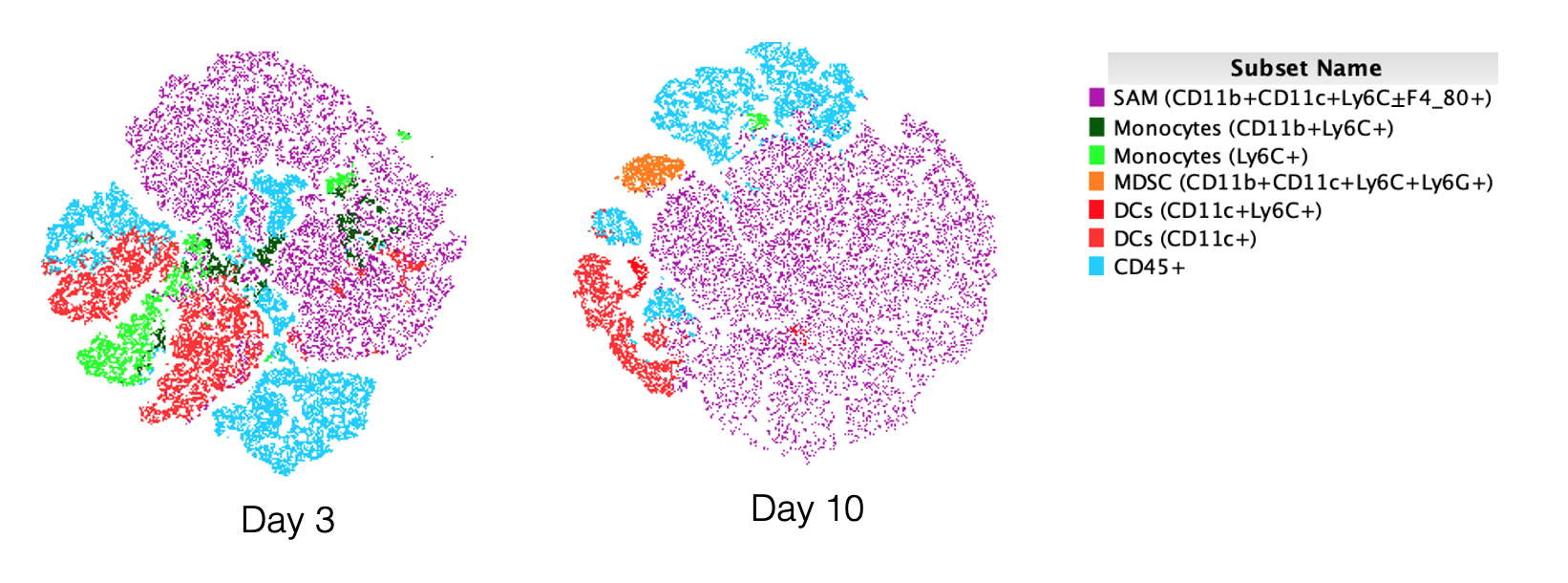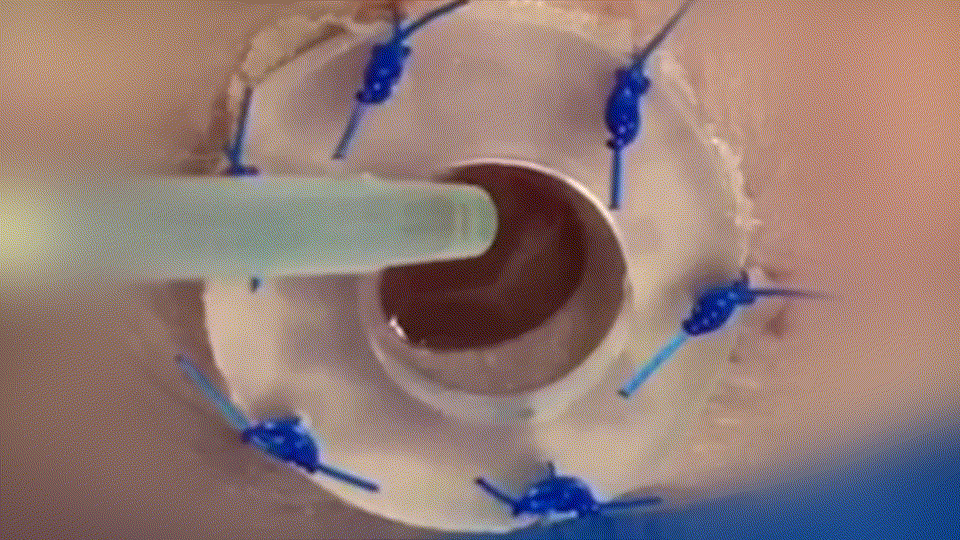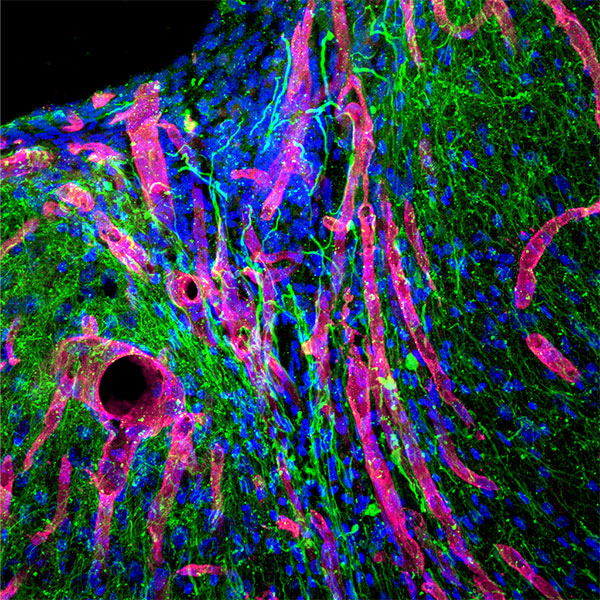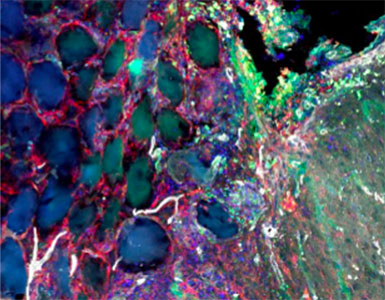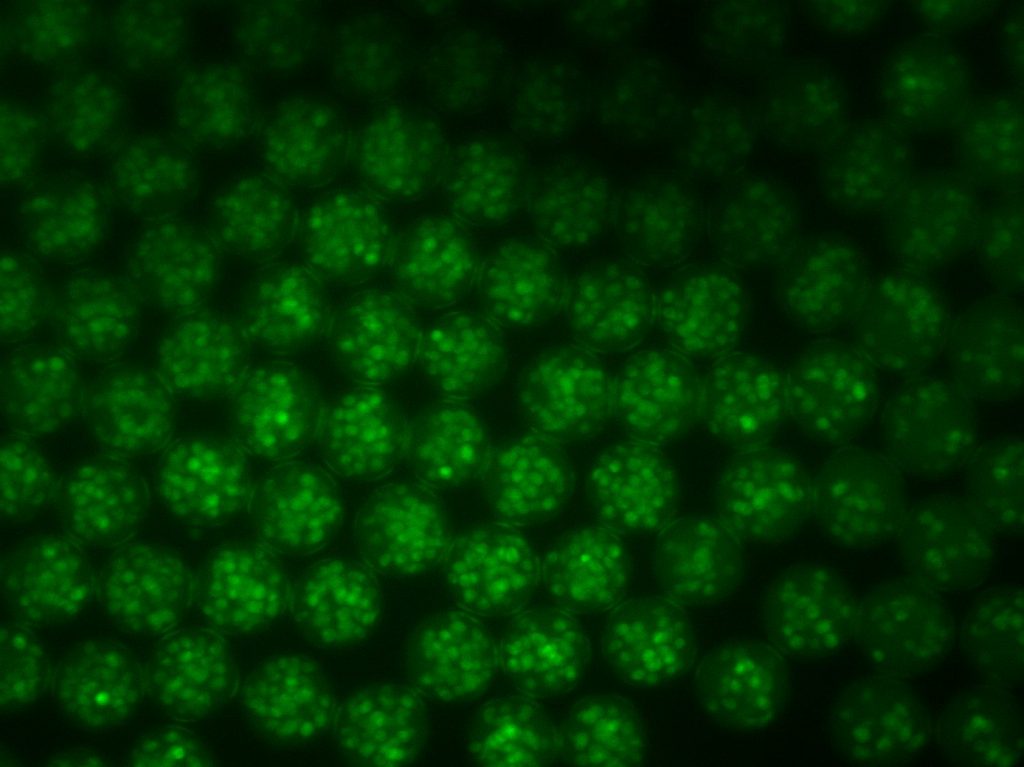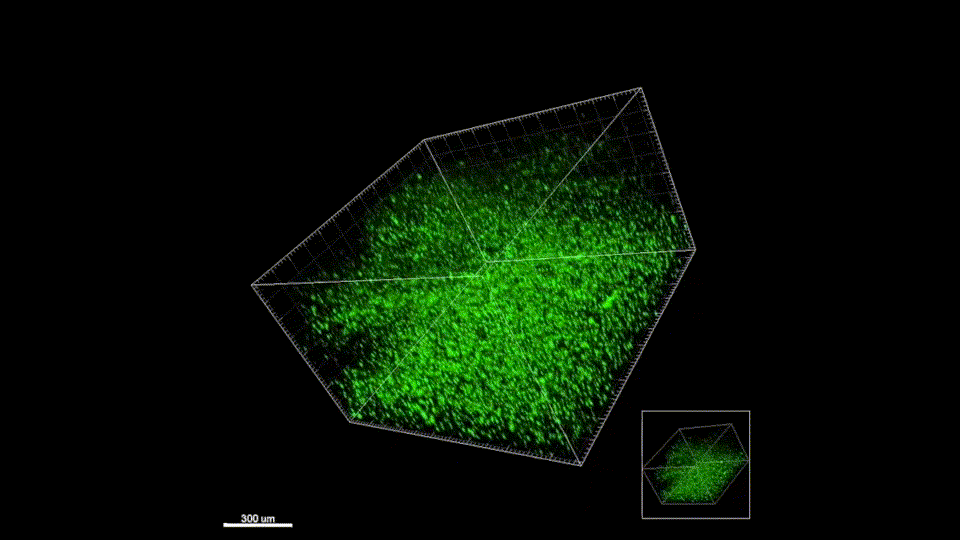Altmetric Score
Dimensions
Citation
Non-viral gene delivery is severely limited by its efficiency. Previous studies aiming to improve the efficiency of non-viral gene delivery have focused on improving the vector system, while the cellular microenvironment where the cells reside is only beginning to be exploited as a means to enhance gene transfer. In this study, the effect of different densities of extracellular matrix proteins namely collagen I (C I), vitronectin (Vt), laminin (Lm), collagen IV (C IV), fibronectin (Fn) and ECM gel (ECMg), and their combinations on gene transfer to mouse mesenchymal stem cells (mMSCs) was studied. Protein coatings that resulted in well spread cells such as Fn, ECMg and C IV, resulted in 14.6, 7 and 6.1 fold increase in transgene expression respectively when compared to uncoated surfaces. The transgene expression was up to 90% inhibited on C I coated surface, which led to less spread cells. Interestingly, the same trend was not observed for polyplex internalization, where protein coats that resulted in less spread cells, such as C I and Vt, resulted in higher polyplex internalization. Subsequently, decreased transgene expression corresponded with inhibited trafficking of the internalized complexes to the nucleus. The effect of combining multiple ECM proteins on non-viral gene transfer was also investigated. Surfaces coated with combinations including C I resulted in inhibition of transgene expression. Furthermore surfaces coated with combination of Vt, C IV and Lm resulted in a statistically similar enhancement in transgene expression as compared to fibronectin. For all ECM combinations analyzed, the extent of cell spreading mediated by the ECM protein had a 70% correlation with the extent of overall gene transfer observed. We believe that the cellular microenvironment can be engineered to promote efficient gene transfer.

